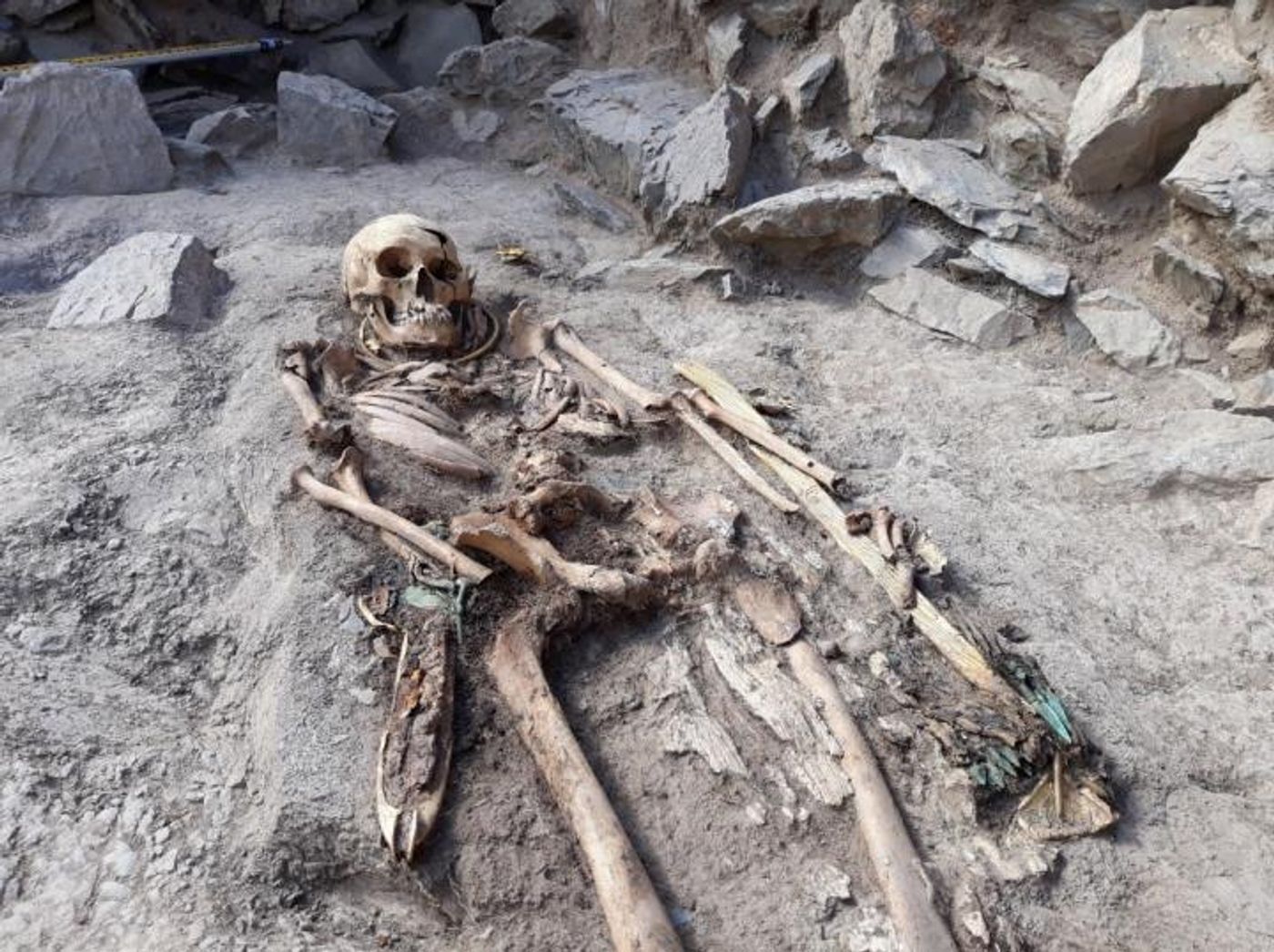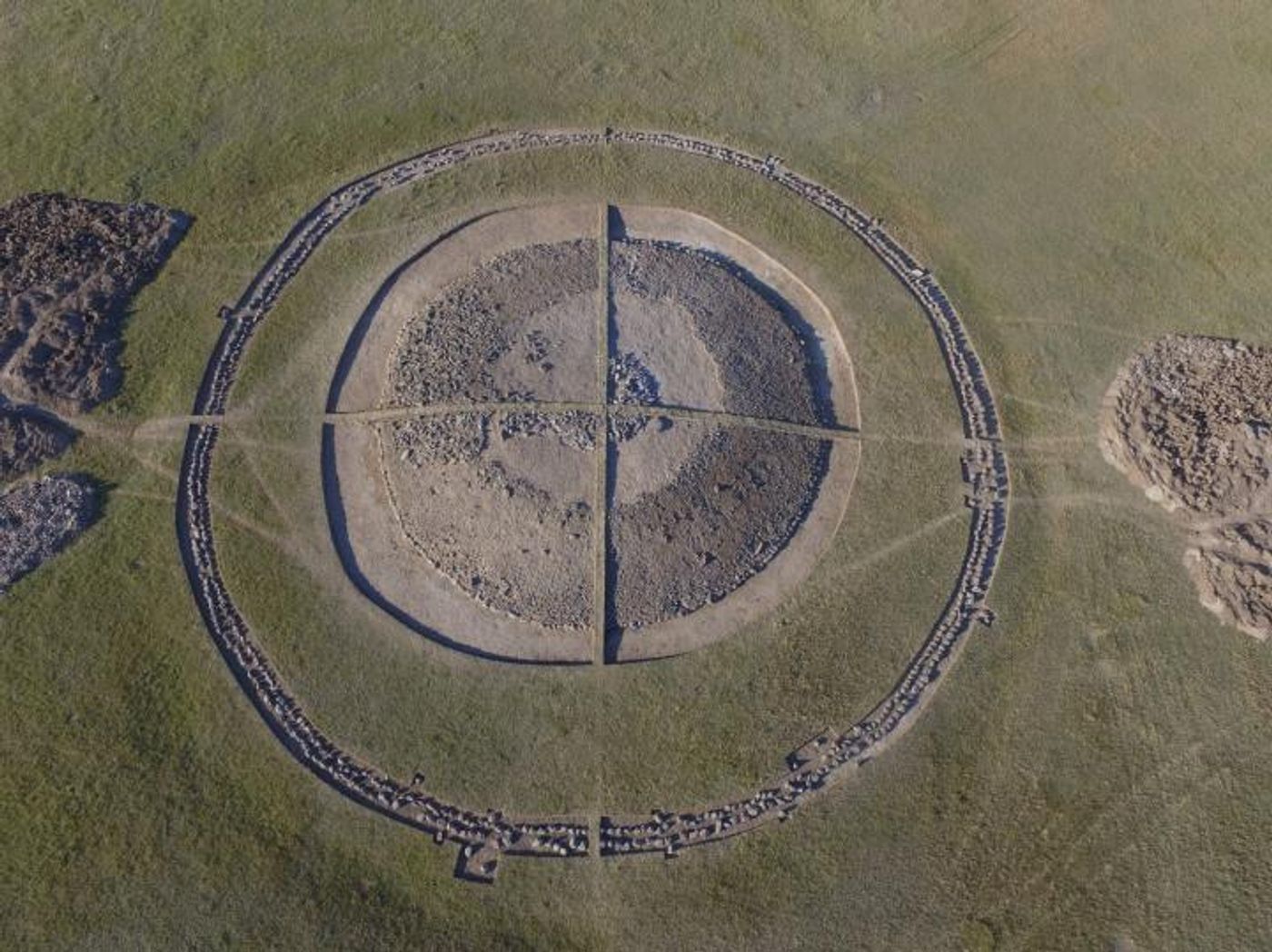Genetic Studies Tell Us More About the Scythian Civilization
The Scythians are known as a group of horse-warrior nomad cultures that lived in the Eurasian steppe around the transition to the Iron Age, during the first millennium BCE. The Scythians had a significant impact on the cultures that called them neighbors, including the Chinese, Persian, and Roman Empires; they are the originators of the saddle and other horse-riding implements. We don't know much about Scythian history, however. They did not seem to have a written language, and there are no direct sources of the language or languages they spoke, or knowledge of how the various Scythian cultures interacted.
Reporting in Science Advances, an international team of researchers has now assessed 11 ancient genomes obtained from various Central Asian steppe cultures, including Scythians and others. The work showed that there was substantial interbreeding or genetic admixture as sedentary cultures in the Late Bronze Age were in decline. The herders of the Bronze Age had relatively similar ancestry. At the turn of the first millennium BCE, there was an influx from the south, east, and west, as Scythian nomadic cultures were on the rise during the Iron Age, and gene pools were mixing.
The nomadic groups of the Iron Age seem to have originated from the east in the Altai Mountains. Over the course of the Iron Age, these individuals probably moved south and west, interbreeding as they did so. These genetic findings align with the archaeological record, which suggests that Altai-area populations expanded. The earliest Scythian burial sites are found in the Altai region. Another group from the western Ural Mountains were likely descendants of an entirely different group, however. As cultures from the Urals expanded, this gene pool seems to have remained relatively consistent.
Going further, the study authors found that after the Iron Age, there were more turnovers in the genetics of Scythian cultures, which intensified as the culture disappeared from the Central Steppe. Nomad empires from the Far East are thought to have moved into Eurasia at the time, along with the expansion of Persian-related civilizations.
There are still many questions about Scythian history and people, which won't be answered with ancient samples of DNA alone. But we're learning more about the dynamics of ancient civilizations and people that produced the cultures we have today, and how their genes live on in present-day Eurasian populations. The study authors noted, however, that this substantial genetic heterogeneity stands in contrast to modern-day Kazakhs, who have a relatively homogenous gene pool that's probably influenced heavily by strict social rules that encourage people to marry within their group.
Sources: AAAS/Eurekalert! Via Max Planck Institute, Science Advances










